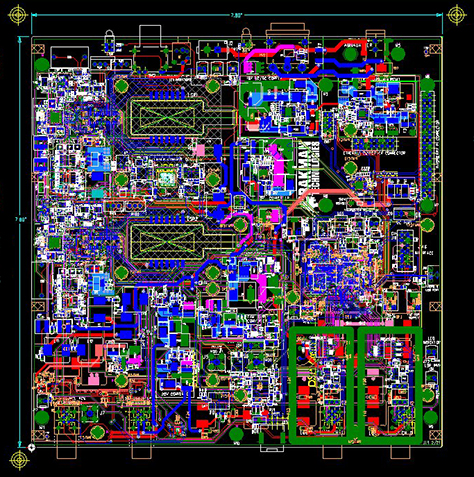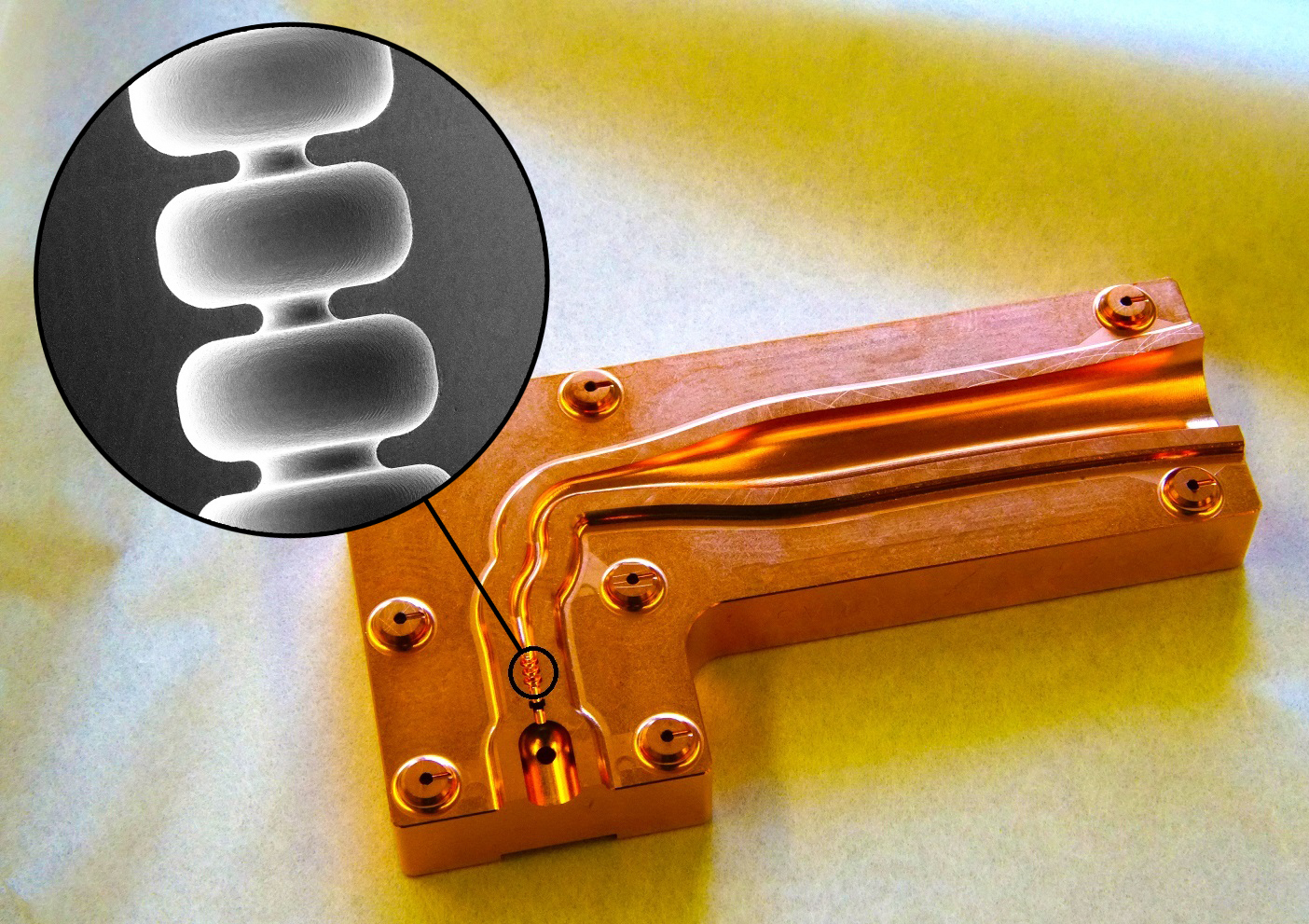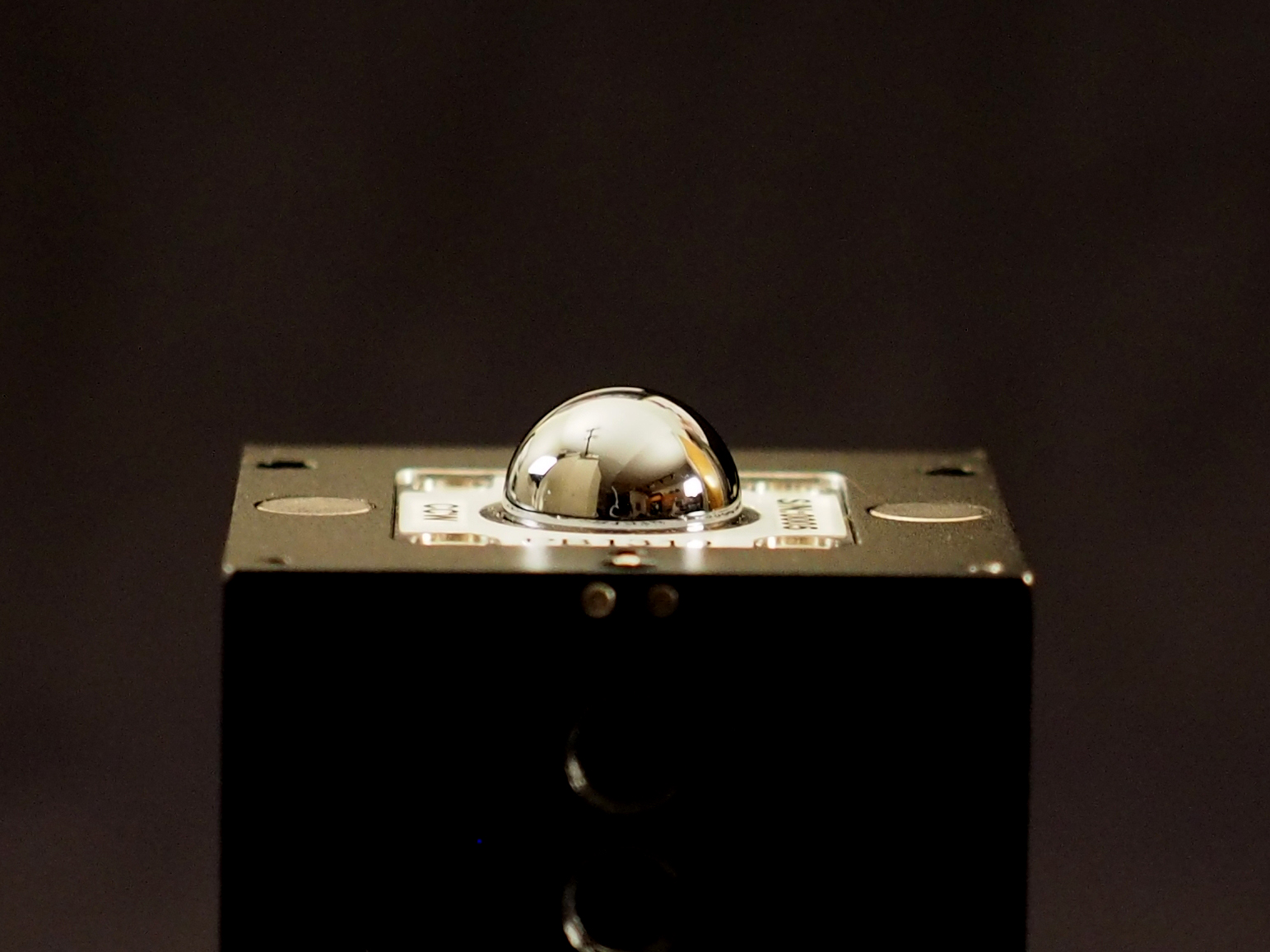Electromagnetic waves with vortex-shape, namely vortex beams, are important in various fields. However, multi-mode OAM beams are rarely seen. To solve this, the researchers in China propose a metasurface design scheme that generates double-polarized vortex combs in the terahertz band, with flexible control of the mode numbers, positions, and intervals.
Tag: Terahertz
Color Coded Metadevices toward Programmed Terahertz Switching
All-optical terahertz modulation, an ultrafast dynamical terahertz control approach that has attracted much interest, remains limited in terms of encoding and multifunction.
Chip-scale giant THz Kerr effect via stimulated phonon polaritons
Chip-scale THz devices could enable future compact computing, imaging, and communication techniques, where the all-optical tunability via Kerr effect remains a bottleneck for THz waves.

New technique offers unprecedented control over light at terahertz frequencies
Scientists have developed a new method to generate and control terahertz radiation, a type of light useful for various applications. Their device employs magnetic multilayers with programmable magnetization to create different patterns of terahertz waves, including beams with specific twists and rotations.
The world’s strongest ionizing terahertz radiation
Terahertz waves, known as non-ionizing radiation, can turn into ionization radiation when sufficiently many terahertz photons are focused in space and time. A team led by scientists in Korea and the USA has created the world’s most intense terahertz pulses that can instantaneously ionize atoms and molecules and convert them into plasma.
Scientists demonstrate terahertz wave camera can capture 3D images of microscopic world in major breakthrough
Loughborough University scientists are the first to demonstrate that a terahertz wave camera can capture 3D images of microscopic items hidden inside small objects.

Setting the Stage for the 6G Era
Wrapping up the HKIAS Distinguished Lecture Series on Electronics and Photonics was Professor Chi Hou Chan, the Chair Professor of the Department of Electrical Engineering (EE) at the City University of Hong Kong (CityU).
Will this be the face of 7G?
Moving from the GHz regime into the THz regime…
Detecting, Exploiting Non-Line-of-Sight Paths for Terahertz Signals in Wireless Communications
After developing a link discovery method in 2020 using terahertz radiation, Rice and Brown researchers addressed what would happen if a wall or other reflector creates a non-line-of-sight path from the base station to the receiver. In APL Photonics, they consider two different generic types of transmitters and explore how their characteristics can be used to determine whether an NLOS path contributes to the signal received by the receiver.

The Jackson Pollock of THz Photomixing
Electronics so pretty they could hang on your wall.
Quantum tunneling in graphene advances the age of terahertz wireless communications
Scientists from MIPT, Moscow Pedagogical State University and the University of Manchester have created a highly sensitive terahertz detector based on the effect of quantum-mechanical tunneling in graphene. The sensitivity of the device is already superior to commercially available analogs based on semiconductors and superconductors, which opens up prospects for applications of the graphene detector in wireless communications, security systems, radio astronomy, and medical diagnostics. The research results are published in a high-rank journal Nature Communications.

Potential new tool for frost screening in crops
Agricultural scientists and engineers at the University of Adelaide have identified a potential new tool for screening cereal crops for frost damage.

SLAC invention could make particle accelerators 10 times smaller
A team led by scientists at the Department of Energy’s SLAC National Accelerator Laboratory has invented a new type of accelerator structure that could make accelerators used for a given application 10 times shorter.

THz Spectrometers: ‘Ford vs. Ferrari’
Bakman continues to expand the market for THz technology – focusing on economical, reliable, rugged, application-specific THz sensors.